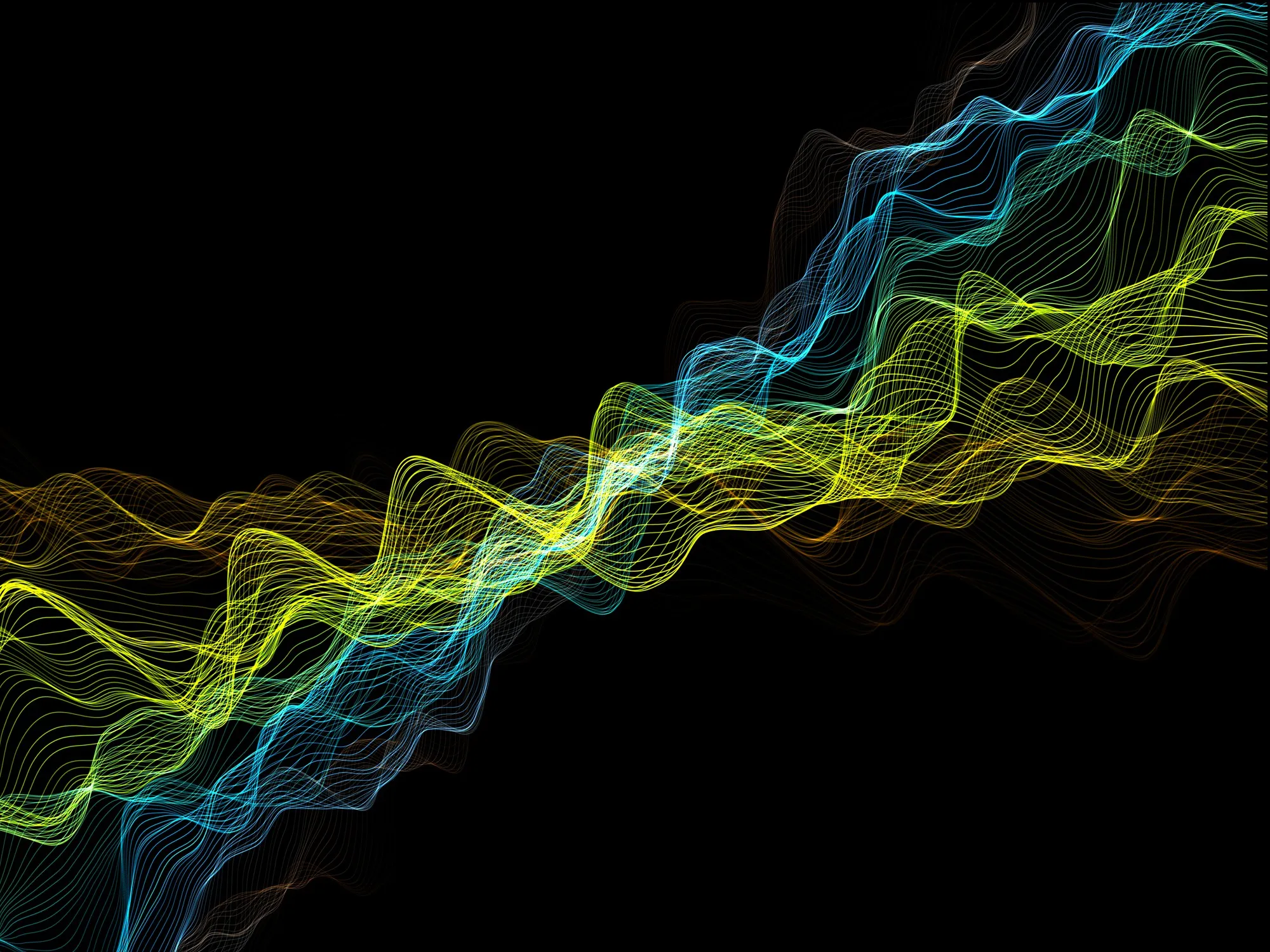In the evolving world of analytical chemistry, the robustness of methods for data processing has never been more critical, especially with the increasing complexity of datasets. A new study published in ‘Analytica Chimica Acta’ casts a spotlight on this pivotal area, dissecting the efficacy of two prominent chemometric techniques used to process second-order chromatographic-spectral data: the classic multivariate curve resolution-alternating least-squares (MCR-ALS) and the relatively newer method based on image moments.
The study conducted by Maira D. Carabajal, Santiago A. Bortolato, Franco T. Lisandrini, and Alejandro C. Olivieri hinges on an exhaustive analysis revealing how these methods fare when confronted with varying degrees of chromatographic reproducibility and the presence of uncalibrated interferents. Their findings, published in the 2024 February issue of the journal with DOI 10.1016/j.aca.2023.342177, are anticipated to influence the choice of analytical strategies for chemists worldwide.
Overview of the Study
Before diving into the nuances of the study, let’s enlighten those unfamiliar with the jargon. Second-order chromatographic-spectral data refers to datasets that have two-dimensional structures, typically time or chromatographic retention coupled with spectral wavelengths. The beauty of such datasets lies in their rich informational content, which can spotlight the characteristics of numerous compounds within a sample.
But here’s the catch: processing such loaded information demands sophisticated methods that can make sense of it without being hoodwinked by the inevitable variability in experiments or the presence of unexpected chemicals that are not originally calibrated.
The traditional star player in this arena has been MCR-ALS, a method renowned for its ability to decipher complex data by estimating concentrations and spectral profiles of constituents in a mixture, even when there’s no a priori information available about the samples.
Enter image moments, a procedure inspired by digital image processing. It looks at data matrices through the lens of statistical moments – think mean, variance, skewness – and after selecting the most informative moments, performs a regression to untangle the web of constituent concentrations.
The Insightful Comparison
The vibrant team behind the study did not just skim the surface but dived deep, analyzing both simulated and experimental data to paint a detailed picture of how these two methods measure up. The image moment technique showed gumption; it could handle reproducibility issues across injections, meaning slight shifts in elution times didn’t throw it off course.
However, the method met its nemesis in uncalibrated interferents – chemical rogues that weren’t accounted for in the calibration phase. When these showed up uninvited, the image moment technique’s performance took a hit.
In contrast, MCR-ALS emerged as a versatile acrobat, unfazed by either the reproducibility issues or uncalibrated interferences, demonstrating that it could provide reliable analytical results irrespective of the sample’s shenanigans.
Implications for Analytical Chemistry
The ramifications of these revelations travel far and wide in the realm of analytical chemistry. Chemists, ever in pursuit of the holy grail of data accuracy and precision, can use this study to gauge the applicability of new methodologies like image moments. Given that real-world samples are rife with unexpected compounds, having a technique that can confidently navigate such uncertainties is gold.
Moreover, the research articulates that no single method holds the scepter of supremacy in all scenarios. It’s the context that crowns the winner. In the words of Alejandro C. Olivieri, one of the brains behind the research, “The choice of technique must be tailored to the problem at hand, respecting the idiosyncrasies of the dataset.”
Future Perspectives
The meticulous analysis by Carabajal and colleagues opens the field for further research, where the application of image moments could be refined to possibly counteract its limitations. There’s a fertile ground for algorithmic innovation that can bolster the technique’s resilience against uncalibrated components.
Furthermore, combining the strengths of different analytical methods could forge a hybrid approach, offering chemometricians the best of both worlds. The study beckons the scientific community to take up the gauntlet and crack this code.
Conclusion
The study “An exhaustive analysis of the use of image moments for second-order calibration. A comparison with multivariate curve resolution-alternating least-squares” is a work of substantial impact that delineates clear distinctions in performance between two pivotal chemometric techniques. It echoes across laboratories, guiding analysts in honing their strategies for processing complex chromatographic-spectral datasets.
As analytical chemistry ventures into a future riddled with more challenging samples, the insights from this study illuminate the path for selecting robust, reliable methods. The triumphant march of analytical science continues, bolstered by such peer-reviewed research.
References
1. Carabajal, M.D., Bortolato, S.A., Lisandrini, F.T., & Olivieri, A.C. (2024). An exhaustive analysis of the use of image moments for second-order calibration. A comparison with multivariate curve resolution-alternating least-squares. ‘Analytica Chimica Acta’, 1288, 342177. DOI: 10.1016/j.aca.2023.342177
2. Tauler, R., Kowalski, B., & Fleming, S. (1995). Multivariate curve resolution applied to spectral data from multiple runs of an industrial process. ‘Analytical Chemistry’, 67(18), 3202-3212. DOI: 10.1021/ac00114a020
3. Jaumot, J., Gargallo, R., de Juan, A., & Tauler, R. (2005). A graphical user-friendly interface for MCR-ALS: a new tool for multivariate curve resolution in MATLAB. ‘Chemometrics and Intelligent Laboratory Systems’, 76(1), 101-110. DOI: 10.1016/j.chemolab.2004.12.007
4. Brereton, R.G. (2003). Chemometrics: Data Analysis for the Laboratory and Chemical Plant. John Wiley & Sons.
5. Walczak, B., & Massart, D.L. (1997). Noise suppression and signal compression using the wavelet packet transform. ‘Chemometrics and Intelligent Laboratory Systems’, 36(1), 81-94. DOI: 10.1016/S0169-7439(96)00064-1
Keywords
1. Chromatographic-spectral data analysis
2. Image moments calibration
3. Multivariate curve resolution-ALS
4. Chemometric techniques comparison
5. Second-order data processing
